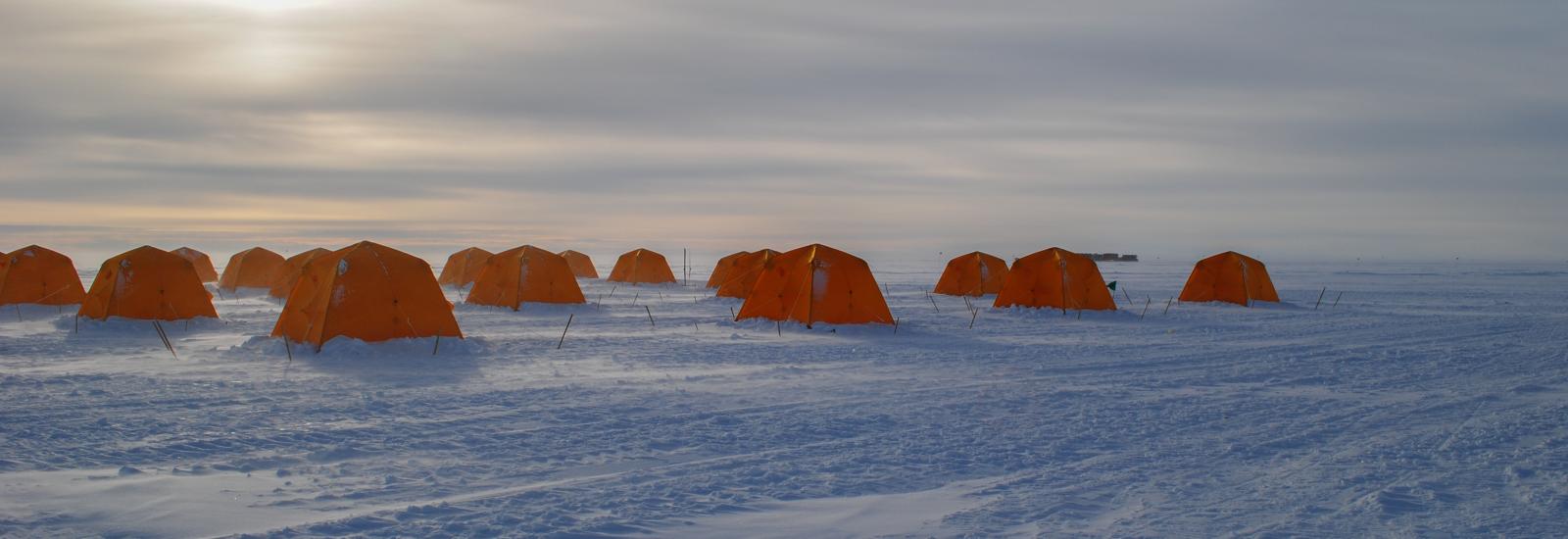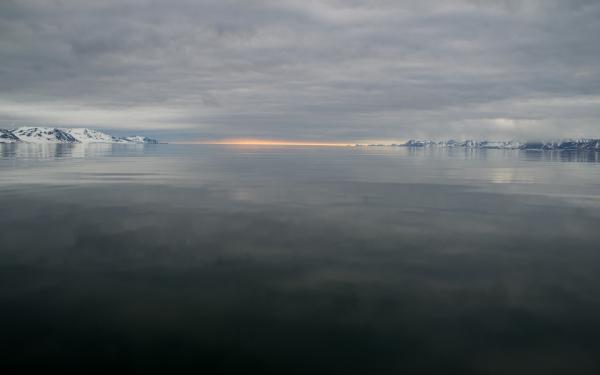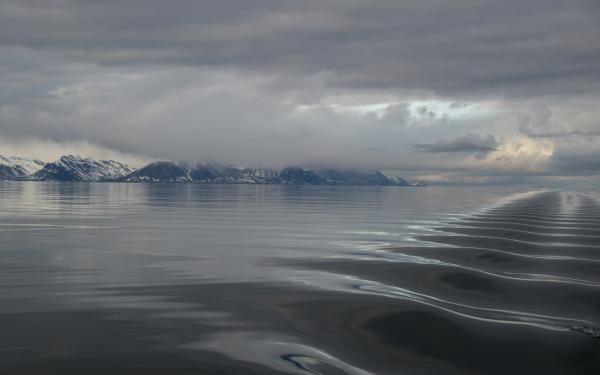Polar Geomicrobiology Group's Current Research
Ecosystems are complex webs of matter fluxes between organisms, trophic levels, and the abiotic environment. Polar ecosystems, especially those in the Arctic and Antarctica, contain simple trophic structures and reduced ecological complexity due to selection pressures and low energy budgets. The reduced complexity of polar ecosystems provides a more tractable environment to test ecological hypotheses. In the case of life within an ice sheet or glacier, microorganisms may be the only trophic level capable of life. A quantitative understanding of ecological interactions and the resulting biogeochemical fluxes within a polar ecosystem begins with understanding the microorganisms and their activity. Thus, forces that alter the microbial engines that drive biogeochemical cycles merit study. One such force is the change in ice's extent, duration, and timing in polar and temperate regions. There is a growing need to quantify how aquatic ecosystems respond to the decline and changing ice phenology worldwide. The response of microorganisms and their ecology is central to understanding these ecosystem changes in the polar regions. However, in many cases, we still do not know the extent of the biosphere in polar environments.



